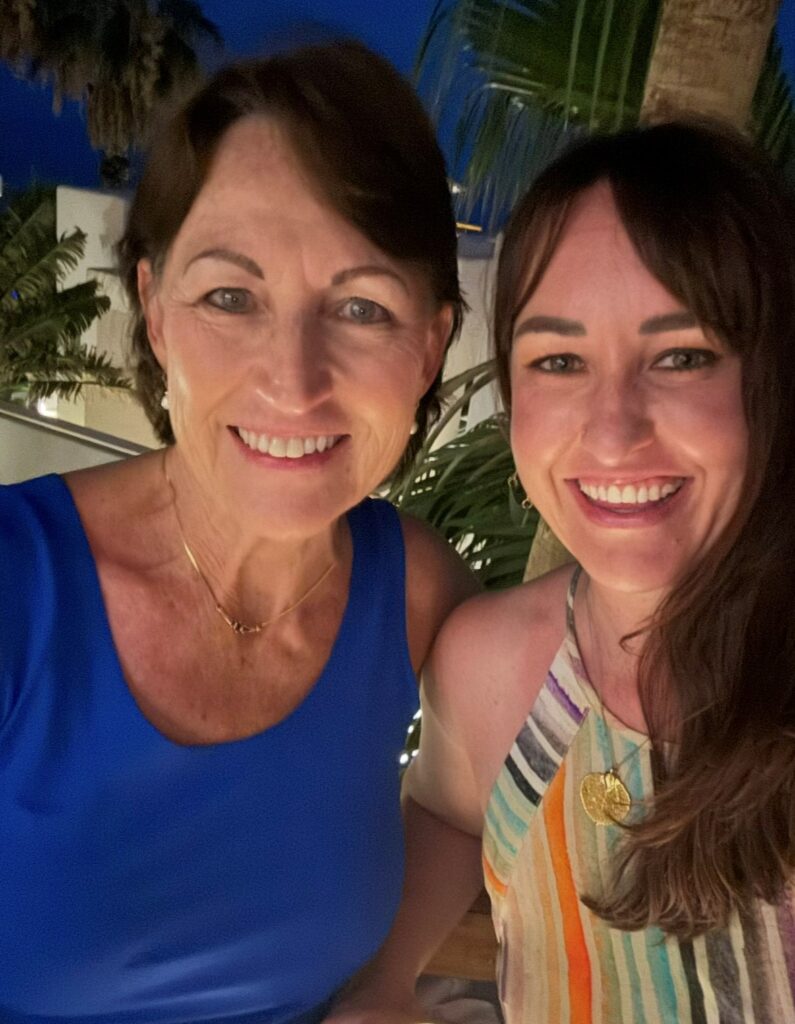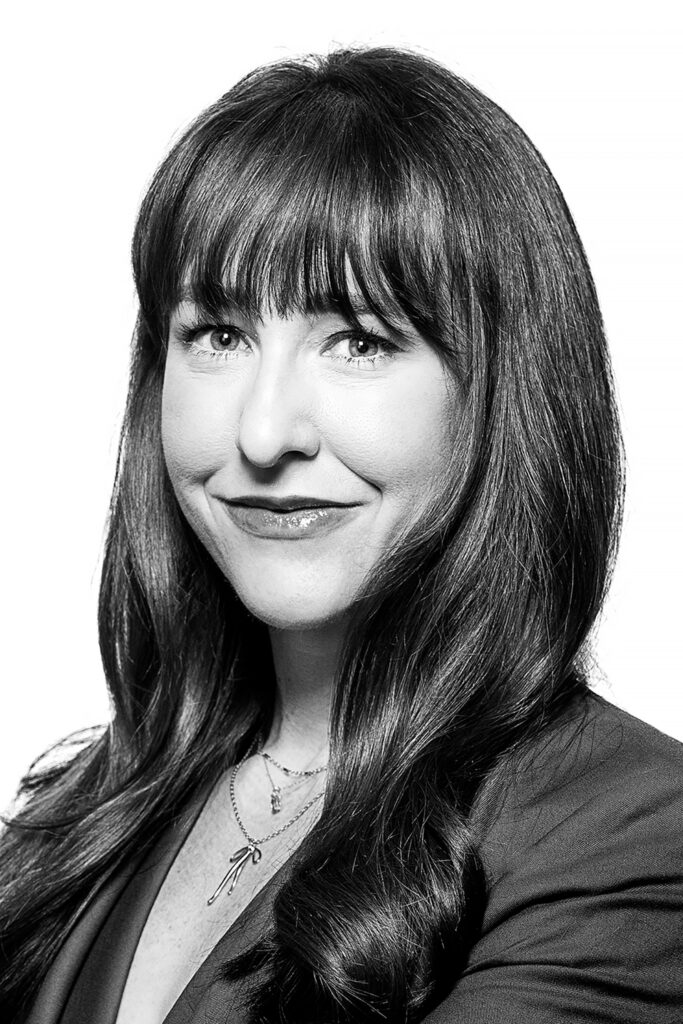Nobody succeeds in a vacuum. Not in this industry, anyway. We rise and fall as part of a community, and we look to leaders and mentors to shape that community. Women lawyers today find themselves in the unique position of having women in leadership roles to guide them. It has not always been that way.

My mother was my hero growing up. Still is. She was a naval aviator in the 1980s, flying tactical jets. She trained in aerial combat maneuvers, weapons delivery and aircraft carrier landings, and was a veteran of the first Gulf War. As of 1985, she was one of 15 women nationwide flying Navy jets and the first woman in Navy history assigned to a squadron piloting the A-7 Corsair. In short, a badass. (Pictured right: Elysa Drillette in her flight suit)
She was formidable — no obstacle was too big, no challenge insurmountable. She fought for a place among men when many of her colleagues regarded her “as a woman first; not as a pilot.” She pushed me to excel in all areas, knowing from her own experience that very few things worth having are handed out easily. I grew up hearing certain mantras — lessons that have been repeated throughout the course of my adolescent and adult life:
- Never give up your financial independence.
- Never start a fight. But if someone hits you, hit them back harder.
- Life is hard. It’s harder if you’re stupid.
Some years after retiring from the Navy, she switched careers and became a teacher at my high school, frequently requiring students to do pushups when their attention strayed. My friends were terrified.

I was raised knowing that women could become anything, because I saw that in my mother. It is no surprise, then, that when I entered the legal profession I gravitated towards women leaders in the field. “How are they doing it? What are they doing differently? How do women navigate this profession differently than our male counterparts?” I have asked those questions throughout my career and have been fortunate to work at a firm and during a time when there are women to look to for answers.
Like aviation, the legal profession has been historically dominated by men. And while great strides have been made towards gender parity — currently, 56 percent of law students and 50 percent of law firm associates are women — that was not always the case. Even today, parity falters at the leadership level. According to ABA statistics, 28 percent of law firm partners, and just 12 percent of managing partners, are female. But the point here is not to bemoan the strides that have yet to be made, rather it celebrates the progress that has been made and the women — and men — who have paved the way for that progress.
Among those women is Judge Barbara Lynn, an icon in her own right and a trailblazer for women in the legal field. Judge Lynn was among the first women to graduate from SMU Dedman School of Law and later became the first female chief judge in Texas. She was a lead plaintiff and key witness in a lawsuit in the 1970s that forced Dallas’ largest law firms to start hiring women lawyers from law schools. She has repeatedly shattered glass ceilings and mentored “more women than anyone in this business,” according to her husband, Mike Lynn.
Judge Lynn rose in this field through grit and tenacity, succeeding at a time when that success was an anomaly. When asked how the dearth of women in her early career affected her trajectory, she responded: “Not at all.” Given what she has accomplished, I should have expected that answer, but I did not. She went on to say, however, “The real heroes were the men who paved the way.”
Judge Lynn started her legal career at Carrington Coleman. She recalls an instance in which a client called Jim Coleman, the managing partner, and said, “I do not want any women working on my file.” There was little room for ambiguity in his request, as Judge Lynn was the only woman attorney working at the firm at that time. Mr. Coleman responded calmly: “That is fine. You can come pick up your file at any time.”
The benefits of having women in leadership roles (in any industry) are well-studied and documented. From a strictly business perspective, studies indicate that Fortune 500 companies with records of promoting women into leadership roles outperformed their counterparts in terms of profitability. The path to gender parity in leadership is somewhat murkier.
That path has been the subject of countless focus groups looking at what systemic changes might curb women attrition, and much of the attention has been on programs and policy changes — flexible work hours, competitive parental leave, hybrid in-office/remote options (particularly in the wake of Covid). And while those programs are important and have made great impacts, they are, at least on some level, the bare minimum. Real change requires a degree of mindfulness from those who are already in leadership roles. It requires individuals intentionally bringing new people into the fold. If you want women in leadership, make room for them and bring them up. Create opportunities — and not just the opportunities to do meaningful legal work, but the opportunities to share in and forge client relationships.
Ultimately, what keeps me in this profession are the individual women and men who have mentored, guided and championed me. The leaders who have created opportunities, put me in front of clients and given me the space and confidence to find a voice as a young lawyer. These individuals are part of a community of lawyers, past and present, who have challenged gender archetypes and paved the way for a generation of women to succeed in this profession.
So, on behalf of my generation of aspiring women lawyers, thank you. To the women who have fought their way into leadership roles, and to the men who have stood behind and beside them and opened the doors, thank you. And to my mother, my first role model, thank you.
Jamie Drillette is a senior associate at Lynn Pinker Hurst & Schwegmann in Dallas.

